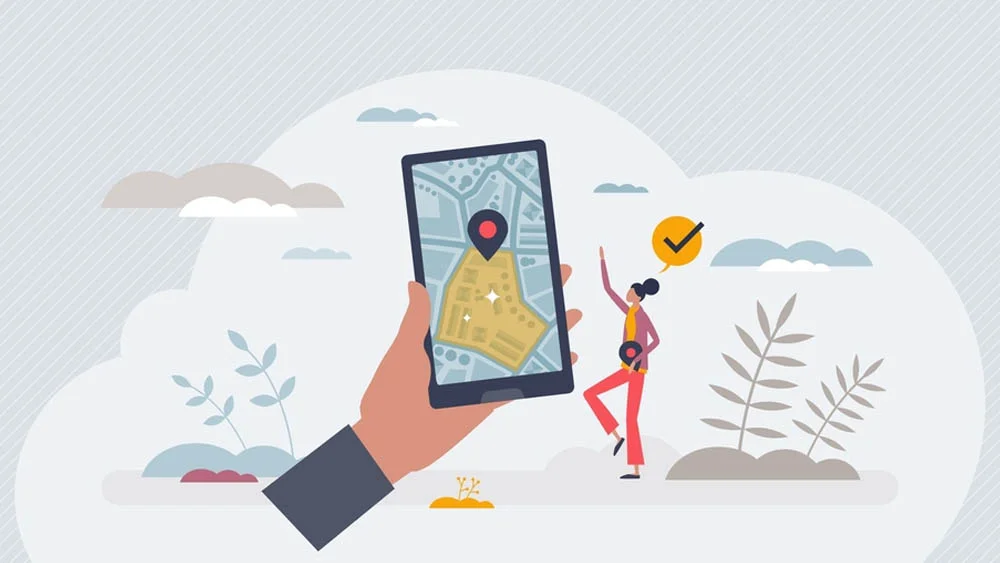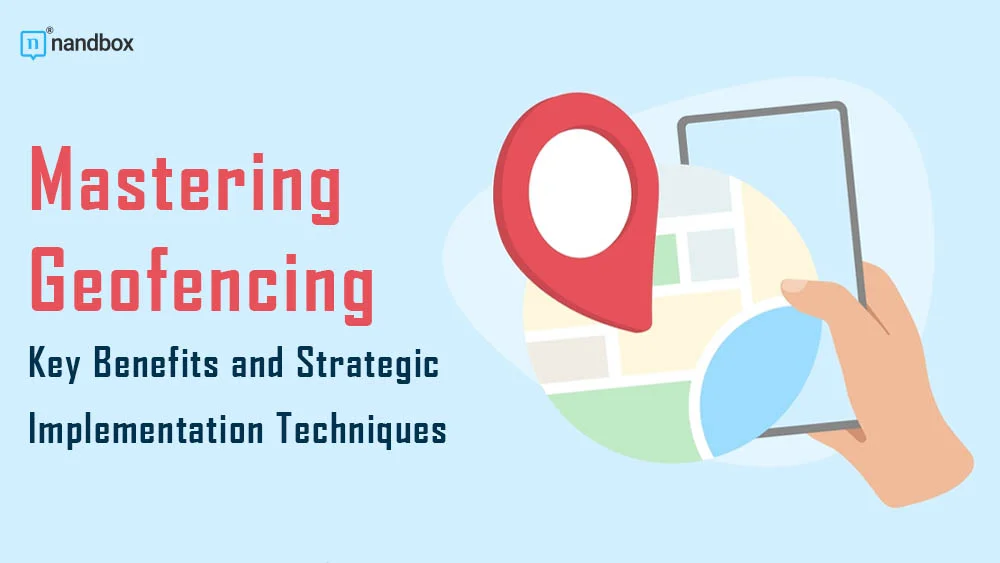Exploring the World of Geofencing: Advantages and Recommended Approaches
In today’s fast-paced digital era, businesses are constantly on the lookout for innovative ways to connect with their target audience in a more personalized and efficient manner. One popular method that has caught the attention of many is geofencing. You may have come across this term in marketing discussions. But what does it mean, and how can it positively impact your business? In this article, we will take a look at the concept of geofencing, highlight its many advantages, and provide insights into effective implementation strategies.
Understanding Geofencing

At its core, geo fencing revolves around establishing a perimeter or “fence” around a geographical location using GPS technology. Once this digital boundary is set up, businesses can employ targeted marketing tactics to engage with customers within that area. Through the utilization of location services on mobile devices, companies can send tailored messages and offers to individuals entering or exiting the designated zone seamlessly. These may include discounts, exclusive promotions, event alerts, or other compelling information aimed at motivating customers to engage.
The Advantages of Geofencing
The following are some of the many benefits of utilizing geofencing technology:
- Precise Targeting: One key benefit of geofencing is its ability to target consumers based on their location. By using this level of accuracy in your marketing efforts, you can make sure that your message reaches the audience at the right moment. Just imagine sending personalized offers to customers when they are close to your store or event venue—now that’s impactful!
- Increased Engagement: Geofencing has been shown to boost customer engagement rates. When people receive messages tailored to their location and interests, they feel more connected and are more likely to take action. Whether it’s informing people passing by about a flash sale or reminding them of a webinar in their area, these targeted interactions enhance consumer engagement. Boost conversion rates.
- Improved Customer Experience: By utilizing geofencing technology, businesses can elevate the personalization of their customers’ experiences. For example, restaurants could offer deals when they detect that a loyal customer is nearby, ensuring a visit. Likewise, event organizers can share personalized event schedules with attendees as they arrive at the venue. This focus on preferences and behaviors adds value and nurtures lasting loyalty.
- Enhanced Advertising Effectiveness: When using conventional advertising methods, businesses often invest resources in reaching broad audiences without ensuring precise targeting. On the other hand, geofencing enables companies to direct their marketing efforts to locations where they are most effective, reducing unnecessary ad spend and maximizing return on investment (ROI). By concentrating resources on customers within a localized area, businesses can ensure that each marketing dollar is utilized effectively.
Effective Strategies for Implementing Geofencing
The following are a few of the steps involved in ensuring the effective utilization of Geofencing technology:
- Carefully Define Your Geographic Boundaries: Before establishing geofences, it is crucial to understand the demographics of your target audience. Analyze data to identify where your ideal customers are located or frequently visit, allowing you to customize boundaries accordingly. Precisely defining boundaries based on research enhances targeting accuracy and increases success in engaging customers.
- Tailor Your Messaging Approach: While geofencing provides communication opportunities with your audience, it is important not to overwhelm them with notifications or generic messages that may appear spammy or irrelevant. Develop compelling content that directly addresses their needs; this approach significantly improves engagement rates.
- Provide Timely and Relevant Information: Make sure your messages are timely and relevant by using location triggers. By incorporating data such as real-time inventory levels or local weather updates into your push notifications or emails, you can create a sense of urgency and connect better with recipients at that moment.
- Monitor Effectiveness Consistently: Like any marketing strategy, it’s important to assess the impact of your geofencing campaigns. Keep track of metrics like conversion rates, click-through rates, and repeat visits to accurately gauge the success of your efforts. This information will enable you to make informed decisions and enhance your strategies.
Conclusion
Geofencing serves as an effective tool for businesses seeking to engage their target audience. By targeting individuals based on their real-time location, businesses can improve customer experience, increase engagement rates, and optimize advertising budget allocation. Following best practices such as defining boundaries, refining messaging strategies, providing timely relevance, and consistently measuring effectiveness can amplify the effectiveness of geofencing campaigns. Why not consider exploring this marketing approach? Implementing geofencing could be what your business needs to elevate its outreach endeavors.



